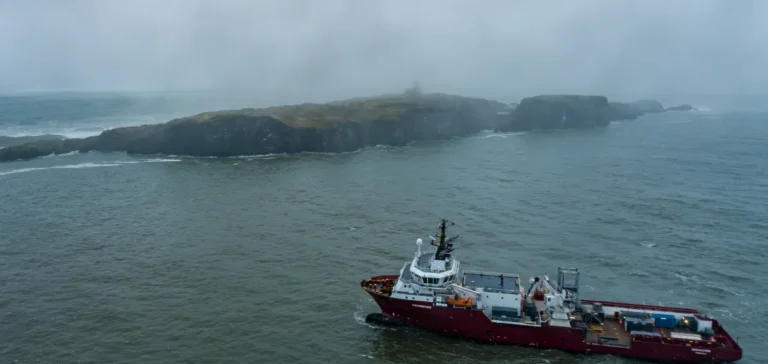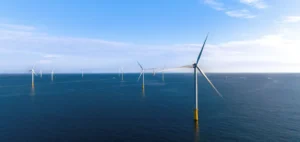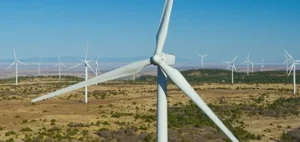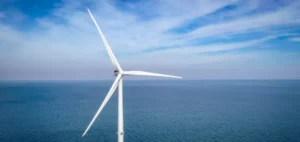TotalEnergies SE and European Energy A/S began geotechnical surveys of the Jammerland Bugt offshore wind farm, located in Danish waters of the Baltic Sea, on 16 June. These drillings, carried out with a mobile jack-up platform, will characterise the seabed composition at the planned sites for sixteen turbines and the export cable corridor. The data will complete the three-dimensional surveys finished in the spring and will be used to size the foundations, reduce technical uncertainties and optimise costs. Work is scheduled to continue until the end of July before the vessel is transferred to the neighbouring Lillebælt Syd project.
Objectives of the geotechnical surveys
The surveys involve coring to depths of several dozen metres, measuring the mechanical resistance of sediments and checking for possible gas pockets. Samples will be analysed in a laboratory to establish stratigraphic profiles essential for calculating monopile loads and laying high-voltage cables. According to specifications published by TotalEnergies, each drilling point will then be equipped with instruments to monitor stress evolution during the construction phase. The results will feed the digital design model that the consortium plans to freeze by year-end.
“The geotechnical surveys give us detailed knowledge of the seabed conditions and are therefore a decisive step in sizing the wind farm,” said Zhanar Dreisig, Asset Manager for TotalEnergies Denmark, quoted by TotalEnergies on 16 June. She noted that the data will enable precise calibration of pile penetration and limit corrective work. The campaign is conducted by Danish company GEO under an engineering, procurement and construction contract valued at 280mn DKK ($40mn). Operations are covered by continuous weather monitoring to meet the seasonal window and contain logistics spending.
Operational schedule and logistics
Once the sequence at Jammerland Bugt is completed, the jack-up platform will be mobilised to the Lillebælt Syd site, 160 kilometres away, for a similar programme. This rotation will allow maritime resources to be pooled and the schedule to be secured, European Energy said. The contract also provides for a support vessel ensuring daily transfer of crews and cores to the port of Kalundborg for processing and archiving. The operator aims to deliver the interpretation report before September to launch the tender procedure for steel foundations.
“The start of drilling marks the shift from planning to physical progress at sea; these investigations ensure a technically robust design adapted to local conditions,” stated Andreas Karhula Lauridsen, Vice-President and Head of Offshore Wind at European Energy, quoted by European Energy on 16 June. He recalled that the Jammerland Bugt site has an average water depth of eleven metres, a factor likely to reduce structural costs. The company estimates that commercial operation could begin in 2028 if engineering milestones are met. No final investment decision has yet been announced.
Next steps and regulatory framework
Additional onshore and offshore campaigns are scheduled from August to determine the final route of export cables to the national grid connection point. Environmental studies conducted by TotalEnergies and European Energy have received approval from the Danish Energy Agency, a prerequisite for construction permits. The consortium states that it will implement continuous acoustic and biological monitoring during works to comply with regulations. The Agency indicated that the authorisation process would remain open to public comments until October.






















